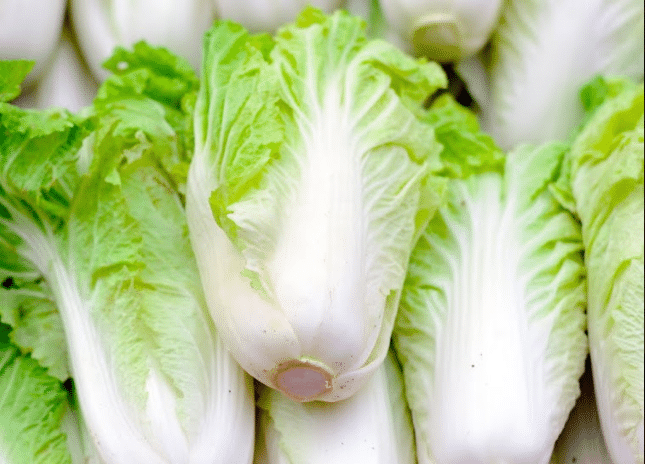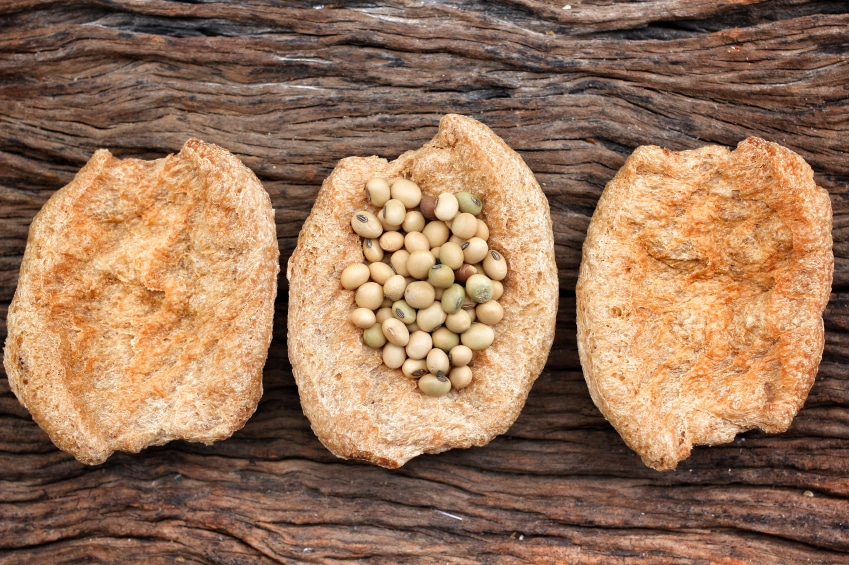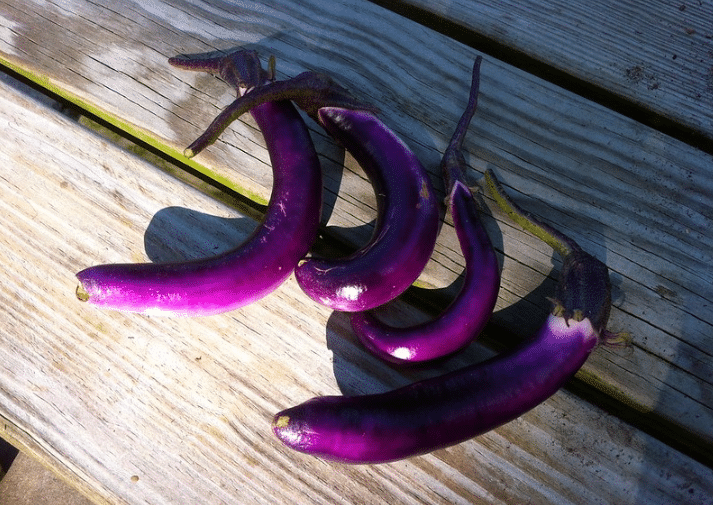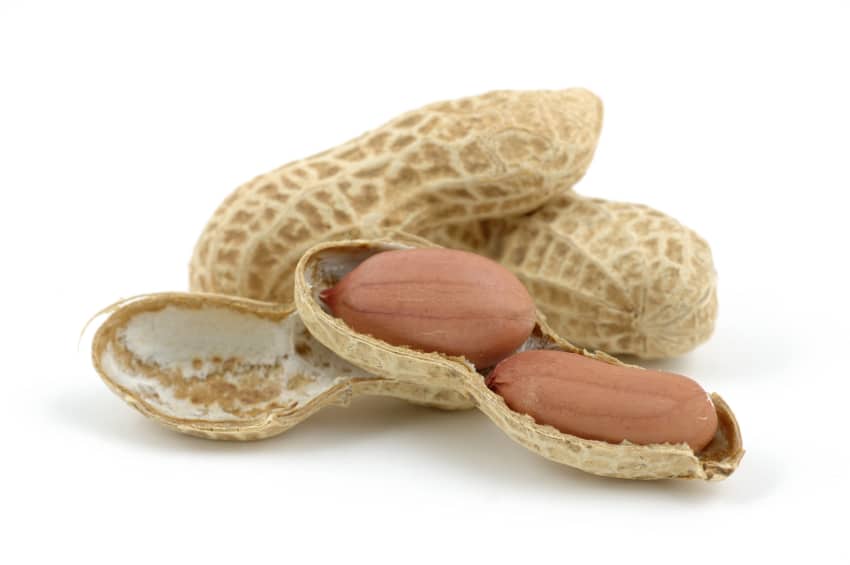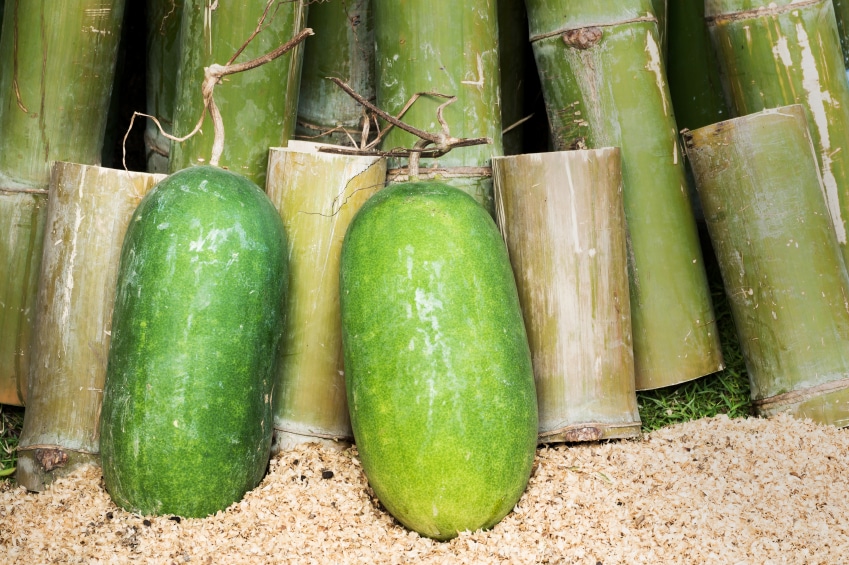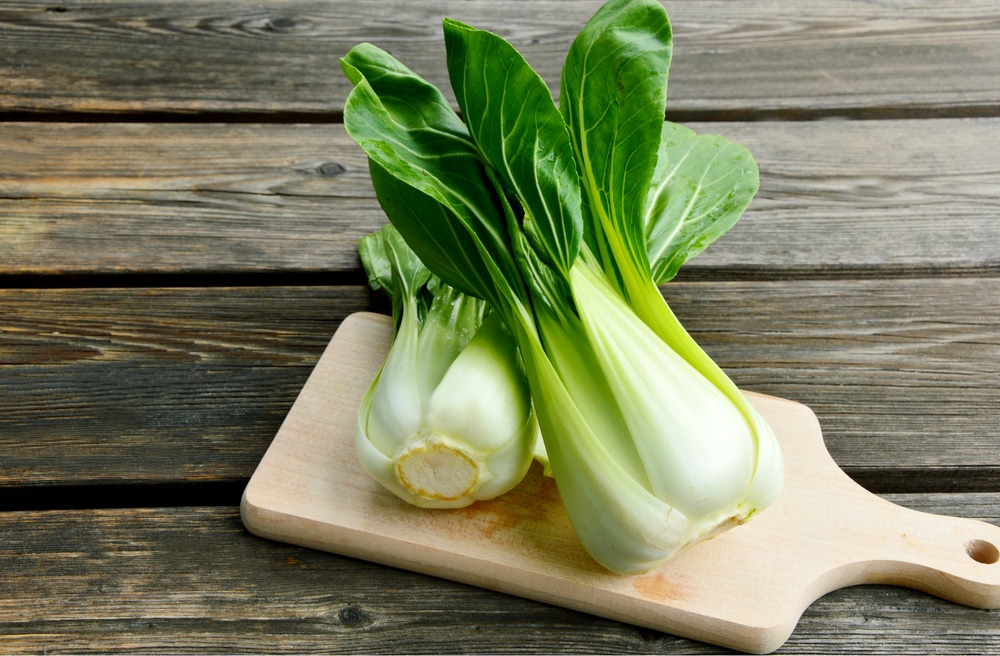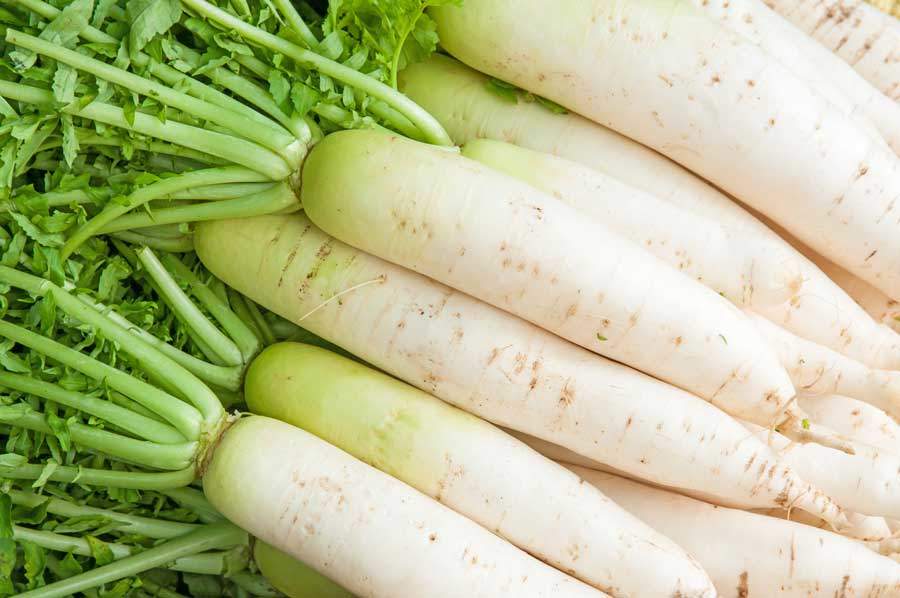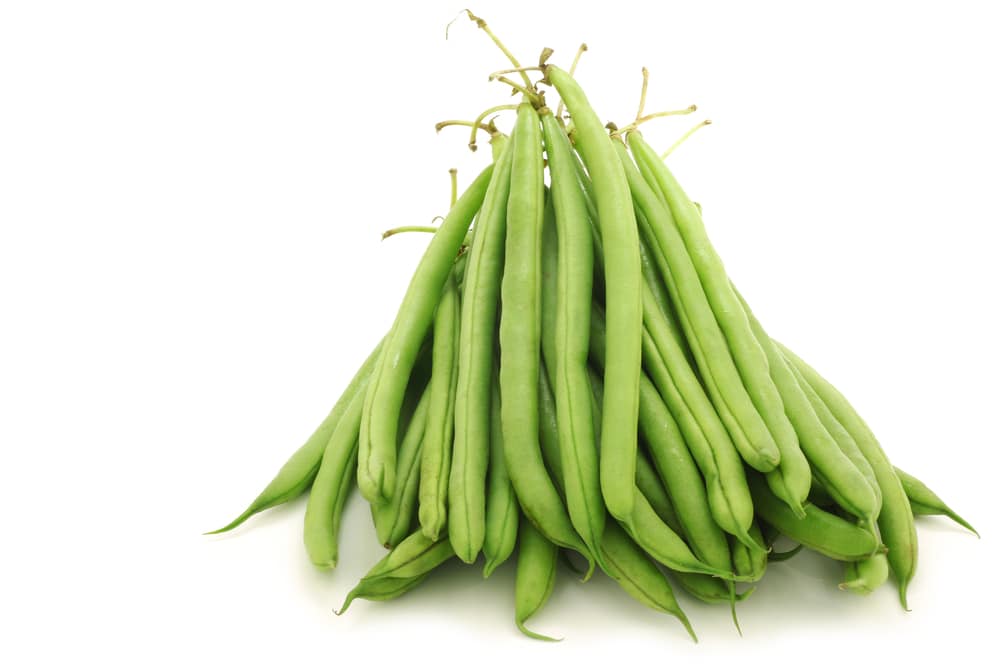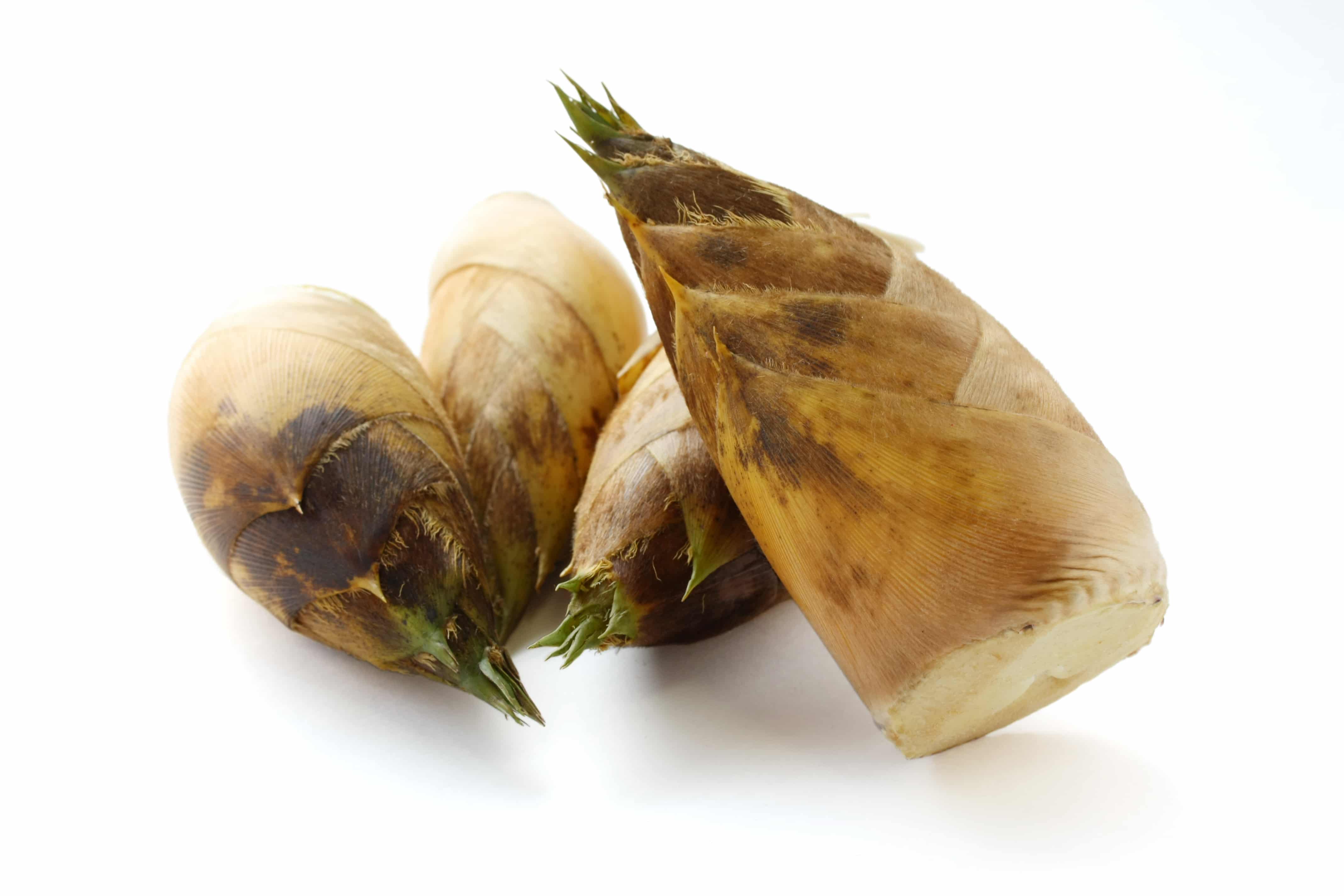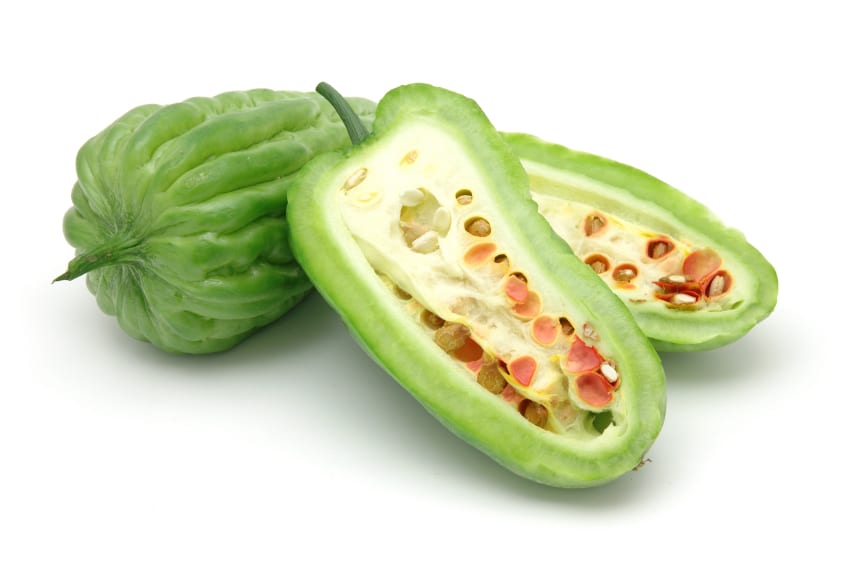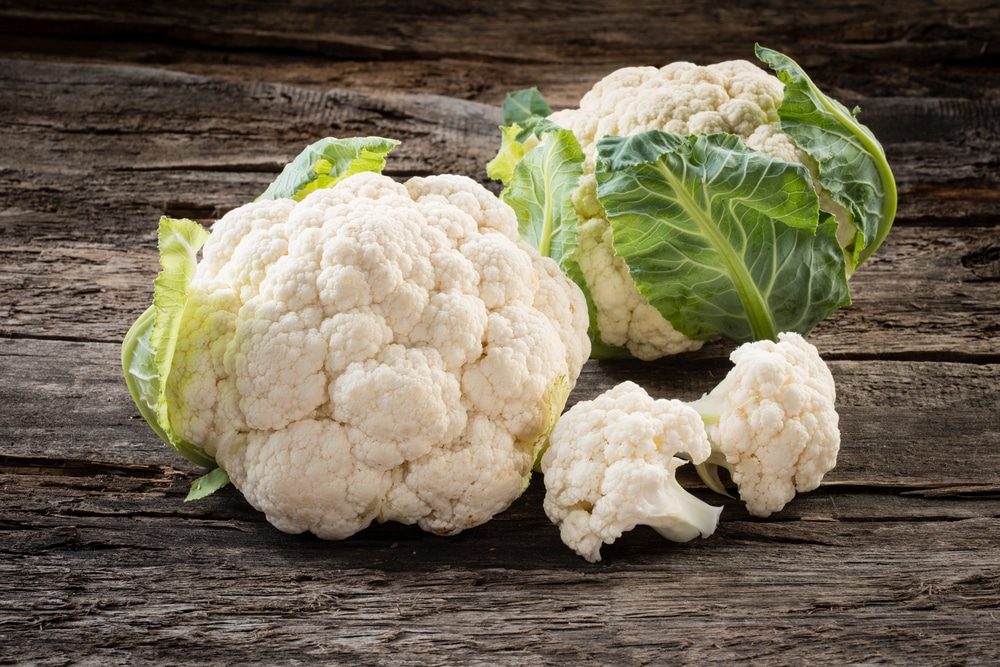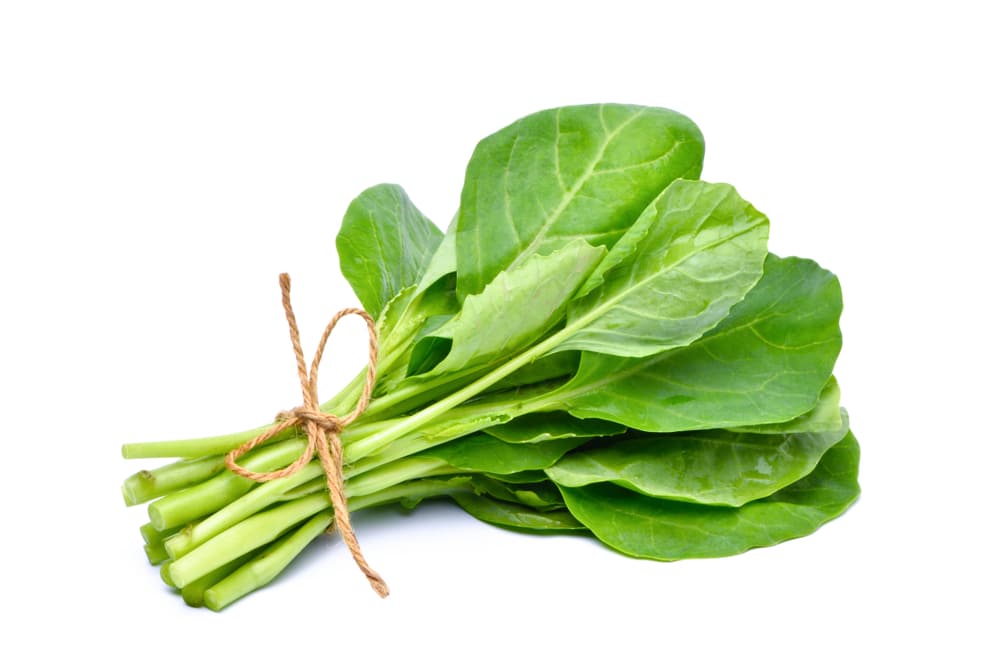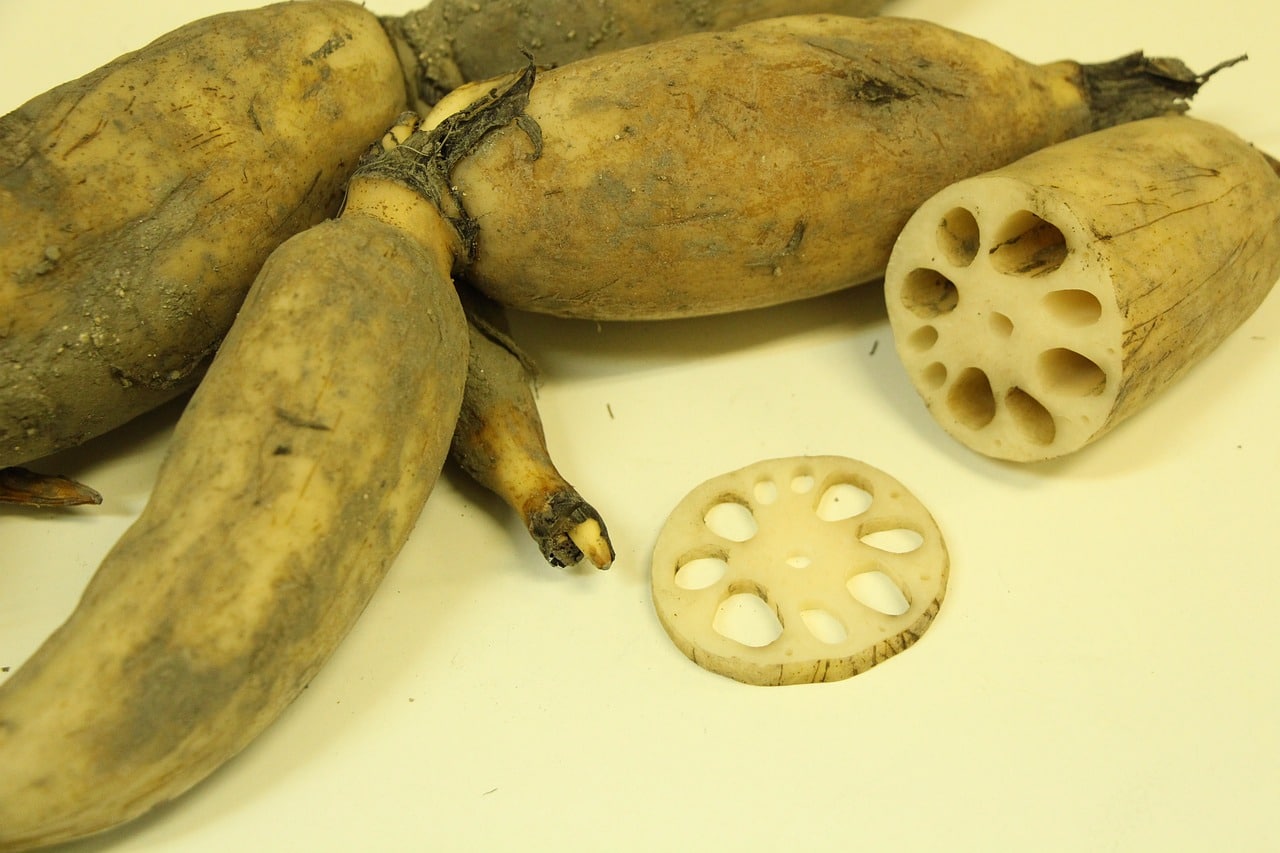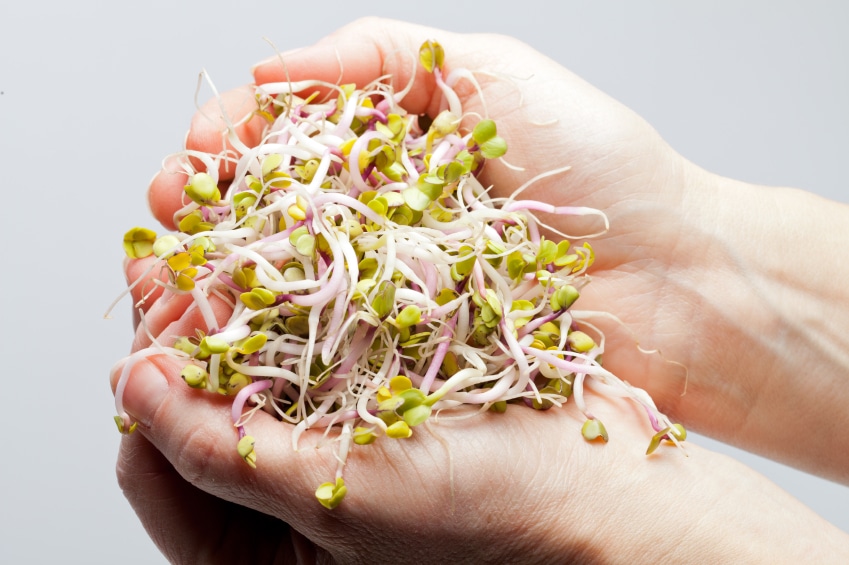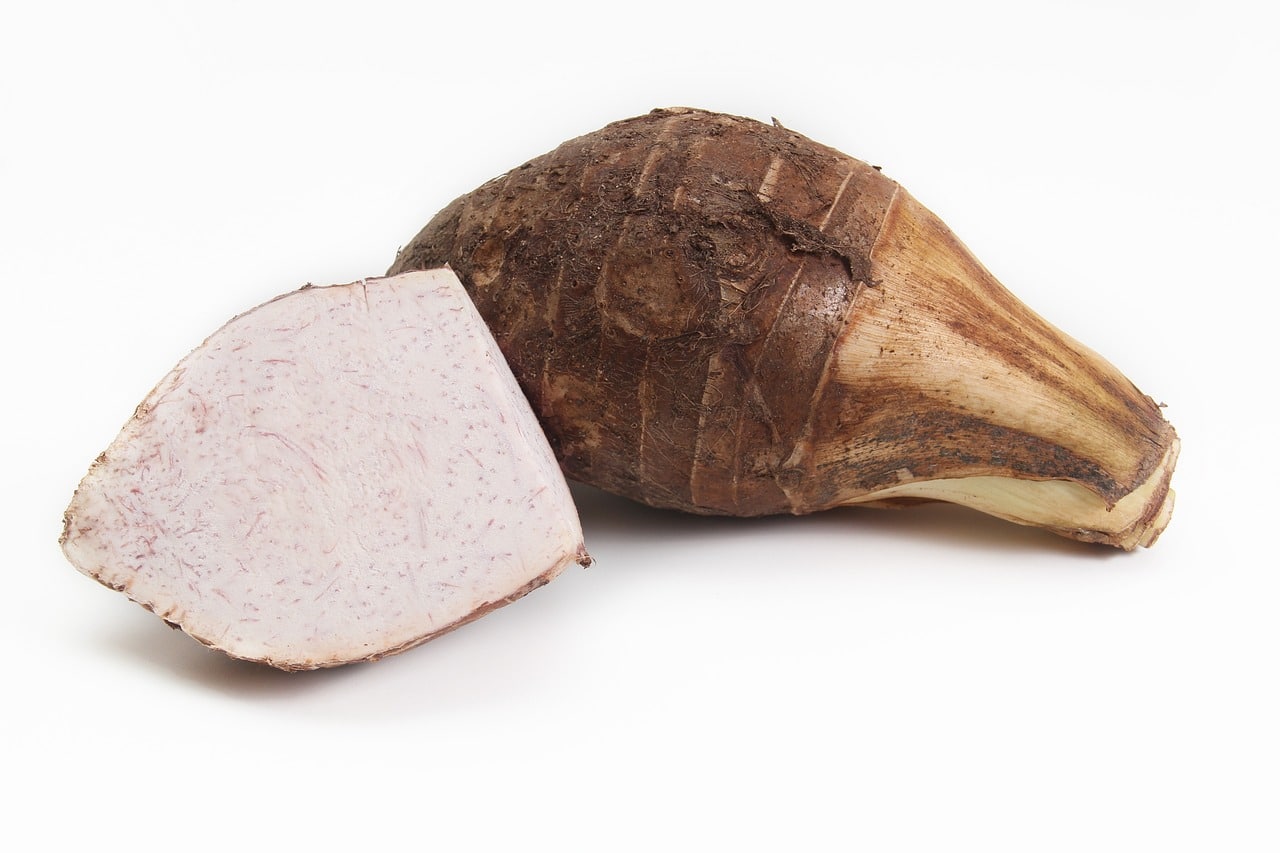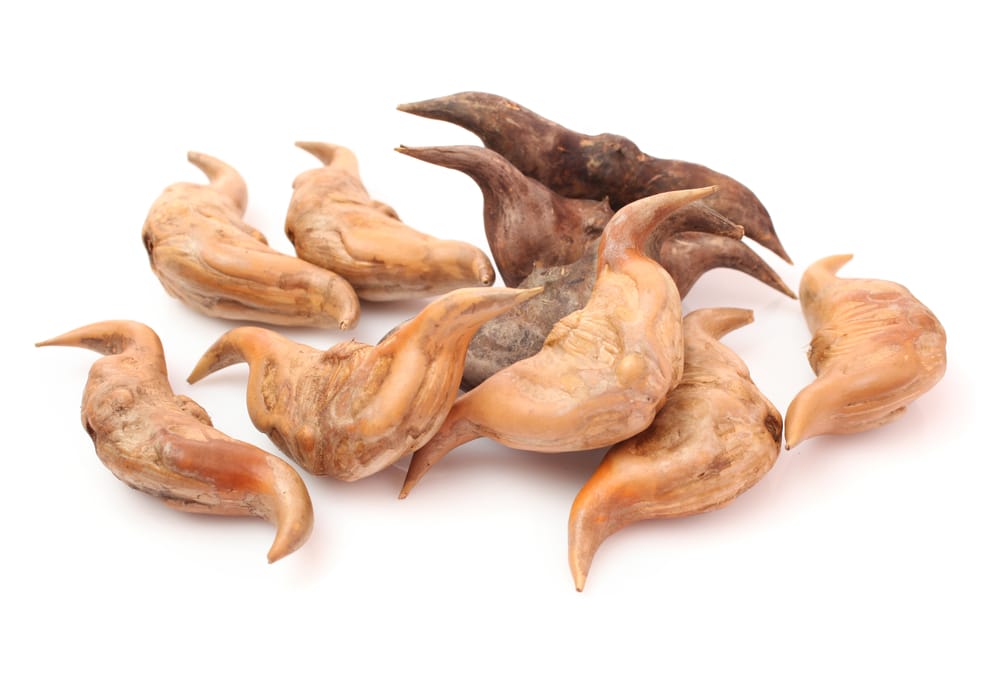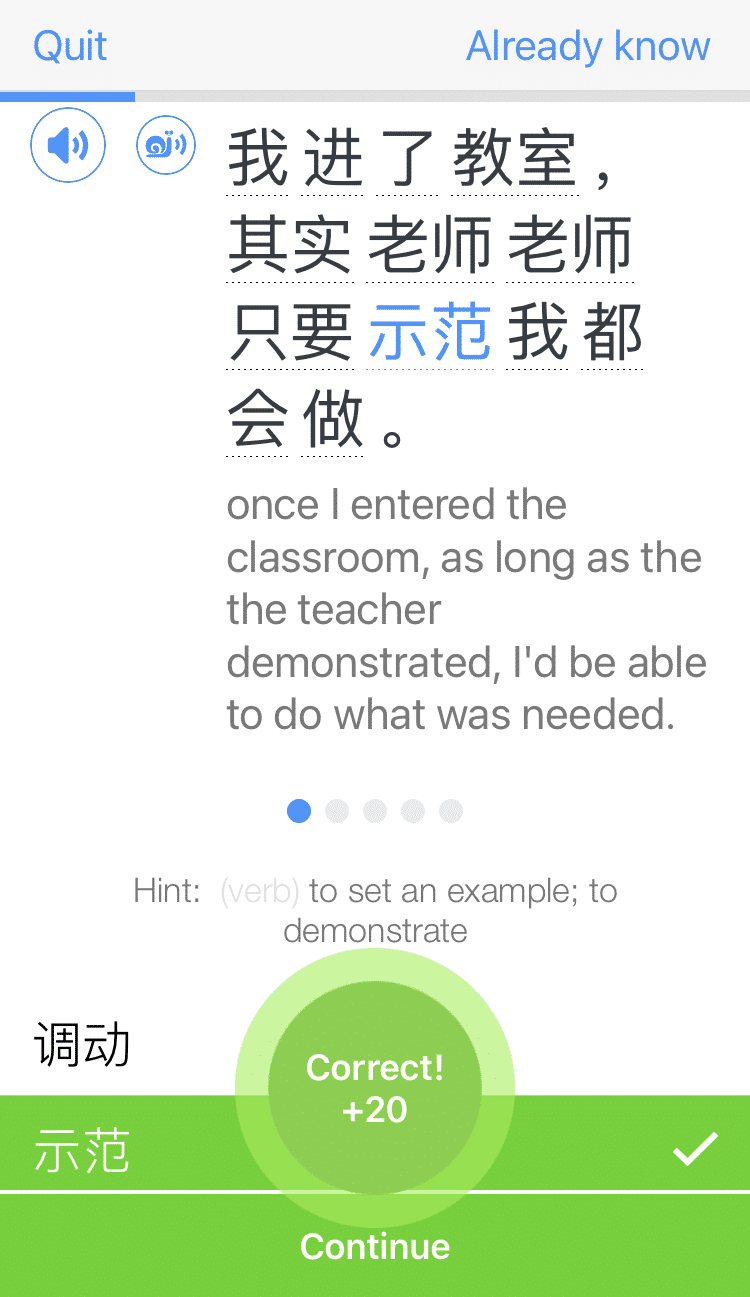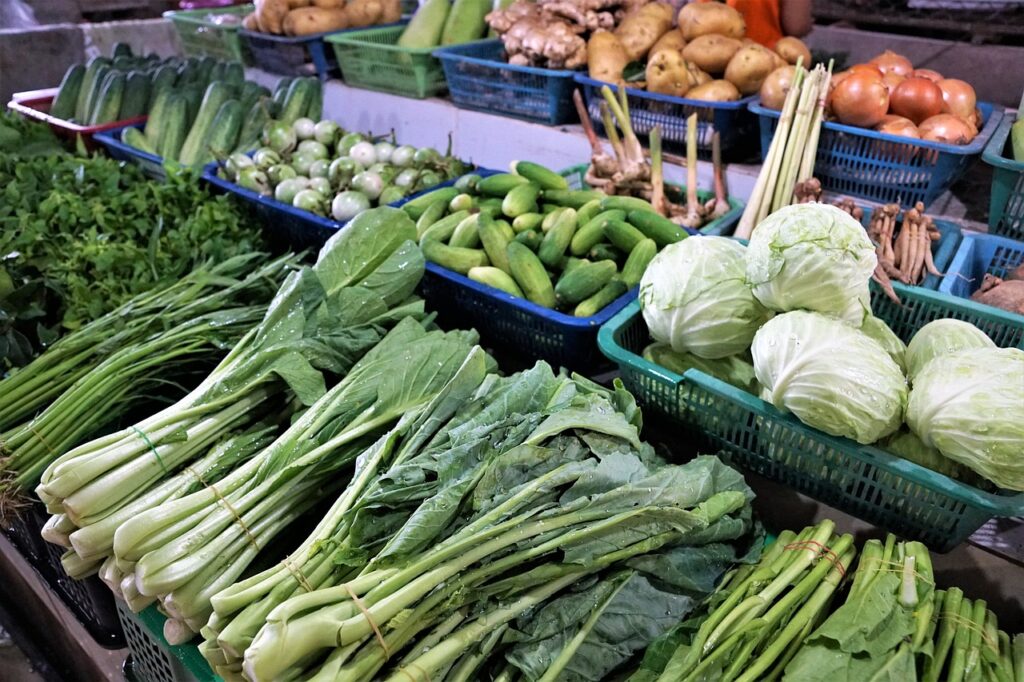
34 Vegetables in Chinese, Plus Bonus Phrases and Vegetarian Dishes
Chinese cuisine is not only mouth-wateringly delicious, but also full of veggies!
Whether you want to visit an authentic Chinese restaurant or take an exciting trip to China, you’re going to want to know your 蔬菜 (shū cài) or veggies in Chinese.
Below, I’ve listed 34 delectable vegetables in Chinese, as well as interesting facts about Chinese cuisine, helpful phrases for vegetarians and some popular vegetable dishes.
Contents
- Common Chinese Vegetables
-
- 白菜 (bái cài) — Chinese cabbage
- 大豆 (dà dòu) — Soybean
- 茄子 (qié zi) — Chinese eggplant
- 花生 (huā shēng) — Peanut
- 冬瓜 (dōng guā) — Winter melon
- 小白菜 (xiǎo bái cài) — Bok choy
- 韭菜 (jiǔ cài) — Garlic chive
- 白萝卜 (bái luó bo) — White radish
- 绿豆 (lǜ dòu) — Green bean
- 笋 (sǔn) — Bamboo shoot
- 苦瓜 (kǔ guā) — Bitter melon
- 豆角 (dòu jiǎo) — Chinese long beans
- 花椰菜 (huā yē cài) — Cauliflower
- 芥兰 (jiè lán) — Chinese broccoli
- 莲藕 (lián ǒu) — Lotus root
- 绿豆芽 (lǜ dòu yá) — Mung bean sprouts
- 芋头 (yù tou) — Taro
- 菱角 (líng jiǎo) — Water chestnut
- Common Western Vegetables
- Popular Vegetable Dishes in China
- And One More Thing...
Download: This blog post is available as a convenient and portable PDF that you can take anywhere. Click here to get a copy. (Download)
Common Chinese Vegetables
白菜 (bái cài) — Chinese cabbage
There are many delicious types of Asian greens you can incorporate into your cooking. One of the most popular, Chinese cabbage, is well-known in Western culture too.
白菜 doesn’t have much taste, but it’s nice and crunchy when eaten raw, and it also complements main dishes when steamed. Apart from its many health benefits, it’s also very low in calories.
In Chinese, the word literally means “white vegetable” or “white dish.”
大豆 (dà dòu) — Soybean
Soy sauce, tofu, soy milk… Chinese cuisine has a lot of vegetarian/vegan options we’re all familiar with nowadays—and we love them too!
Soybeans are a native Chinese vegetable widely used in recipes and, thanks to their high fiber content, they’re also a great digestive help.
If we split the word 大豆 in two, it means “big bean.”
茄子 (qié zi) — Chinese eggplant
Although similar to “regular” eggplant, this Chinese vegetable is a bit longer, darker and sweeter. It’s quite often used in Chinese stir-fry recipes.
The English translation of Chinese vegetables often includes the word “Chinese,” but of course, the Mandarin word for Chinese eggplant simply means “eggplant.”
The word is the same whether we’re talking about the bigger, darker Chinese eggplant or the one you’re used to seeing in your local shop.
花生 (huā shēng) — Peanut
A peanut is actually classified as a legume! Similar to beans and peas, it’s an edible seed. Chinese dishes often contain peanuts or peanut oil—much more than we’re used to in Western cooking.
“Peanut” in Chinese is rather interesting when broken down:
花 (huā) — flower
生 (shēng) — to be born/raw
冬瓜 (dōng guā) — Winter melon
Similar to zucchini or cucumber, winter melon is usually added to stir-fry or braised dishes in Chinese cuisine. One very popular Chinese dish is winter melon soup (winter melon mixed with meat broth).
Not surprisingly, Chinese melon is quite different than cantaloupe or watermelon.
小白菜 (xiǎo bái cài) — Bok choy
Bok choy is very similar to Chinese cabbage. In Western culture, they’re often considered the same vegetable, which isn’t entirely wrong. Bok choy is cooked more or less the same way as Chinese cabbage—it’s usually stir-fried or steamed before being added to another dish.
Interestingly, the English word for 小白菜 is bok choy, but it literally means “small white vegetable” in Chinese.
Note that bok choy uses two of the same Chinese characters found in the word for Chinese cabbage.
韭菜 (jiǔ cài) — Garlic chive
Coming from southwestern China, garlic chives are not only cultivated for culinary use but also for use as decorative plants.
The name literally translates as “leek vegetable.”
白萝卜 (bái luó bo) — White radish
When eaten raw, white radish might be considered too bitter. Westerners are usually familiar with its pickled version.
In Chinese cuisine, pickled white radish salad is often served as a side dish. It’s very low in calories and completely fat-free.
绿豆 (lǜ dòu) — Green bean
Often fried in sesame oil, green beans are a Chinese vegetable eaten both as part of the main dish (stir-fry, mostly) and on their own as a side dish.
In Western culture, green beans are not an exception when it comes to sides either, but the Chinese usually use soy sauce, garlic and ginger to add taste.
笋 (sǔn) — Bamboo shoot
Bamboo is known for its incredible strength—the Chinese even use it to build skyscrapers nowadays. It’s also incredibly popular in Chinese cuisine.
The process of cooking bamboo shoots is long, but that doesn’t stop the Chinese people from including this mild-flavored vegetable in their dishes. Bamboo shoots are usually served as a nice complement to stir-fries.
苦瓜 (kǔ guā) — Bitter melon
Bitter melon is an acquired taste, and it gets its name from its flavor! In fact, it gets more bitter as it ripens. However, it’s sometimes called a “gentleman’s vegetable,” because the bitterness doesn’t transfer to other foods when cooked together.
And, while not officially approved for medicinal use, bitter melon has been used as a home remedy for diabetes.
豆角 (dòu jiǎo) — Chinese long beans
Chinese long beans are usually picked when they’re about 18 inches long, but they can actually grow to three feet! They are similar to green beans (though not quite as sweet) and more closely related to asparagus.
Chinese long beans can be eaten raw or cooked, and work particularly well when paired with Southeast Asian spices.
花椰菜 (huā yē cài) — Cauliflower
In Chinese cuisine, you’ll often see cauliflower included in stir-fries. The first character 花 literally means “flower,” because the vegetable is technically a flower—and it looks a bit like a bouquet of flowers, don’t you think?
In some areas, 花椰菜 is also the word used for broccoli, so you may hear the word “white” first to distinguish cauliflower specifically, as in 白花椰菜 (bái huā yé cài).
芥兰 (jiè lán) — Chinese broccoli
Chinese broccoli is a leafy green vegetable that tastes a bit more bitter than broccoli itself. Like broccoli, though, 芥兰 is high in nutrients and low in calories.
It’s often boiled, steamed or served in stir-fries. Chinese broccoli is obviously popular in Chinese dishes, though it’s included in many Vietnamese and Thai dishes as well.
莲藕 (lián ǒu) — Lotus root
When the cylindrical lotus root plant is sliced, the resulting discs have a unique pattern of either seven or nine holes in a circle. In China, 莲藕 is usually harvested manually and is therefore one of the more expensive vegetables on the market.
This crunchy veggie is used in many Chinese vegetarian meals. When boiled, however, it takes on a softer texture. You’ll want to use a vegetable peeler to remove the skin, but the root itself is high in fiber.
绿豆芽 (lǜ dòu yá) — Mung bean sprouts
In English, 绿豆芽 are often simply called “bean sprouts.” Many Asian countries (like China, India and Thailand) use mung bean sprouts in traditional foods. You might find them in salads, soups or stir-fries.
You may be interested to know that you can grow mung bean sprouts yourself. In fact, the process usually only takes a few days!
This is another pretty literal translation: You already know 绿 and 豆, so can you guess what 芽 means? Yep! It means “sprout.”
芋头 (yù tou) — Taro
Somewhat similar to yams and sweet potatoes, 芋头 is a popular and versatile ingredient in China. It might be braised and added to meat dishes, mashed, used in dumplings or served with other vegetables… Well, you get the idea.
Taro is often used in desserts, too! It can be found in traditional buns, as a flavor of ice cream or even as bubble milk tea. You can usually spot it by its distinct lavender color.
菱角 (líng jiǎo) — Water chestnut
Water chestnuts are so named because of their appearance—a brown, paper-like outside over a lighter inside—but they are actually a vegetable.
菱角 can be eaten raw or cooked. They may be sweetened, too, and are sometimes made into water chestnut cake, a popular dim sum dish.
Common Western Vegetables
What’s popular in western countries is a bit different from what’s popular in China.
This table shows some favorite Western vegetables in Chinese, along with the pinyin and English translations:
| Chinese | Pinyin | English |
|---|---|---|
| 芦笋 | lú sǔn | Asparagus |
| 西兰花 | xī lán huā | Broccoli |
| 小洋白菜 | xiǎo yáng bái cài | Brussels sprout |
| 胡萝卜 | hú luó bo | Carrot |
| 芹菜 | qín cài | Celery |
| 黄瓜 | huáng guā | Cucumber |
| 青椒 | qīng jiāo | Green bell pepper |
| (洋)葱 | (yáng) cōng | Green onion* |
| 生菜 | shēng cài | Lettuce |
| 土豆 | tǔ dòu | Potato |
| 蘑菇 | mó gū | Mushroom |
| 豌豆 | wān dòu | Peas |
| 菠菜 | bō cài | Spinach |
| 甜玉米 | tián yù mǐ | Sweet corn |
| 甘薯 | gān shǔ | Sweet potato |
| 番茄 | fān qié | Tomato |
*In Chinese-speaking regions, green onions are simply referred to as 葱. In the West, they’re more commonly known as 洋葱.
Popular Vegetable Dishes in China
If you’ve been to China, finding dishes without meat may seem like a difficult task. But I promise they exist!
For example, many temples only serve vegetarian meals (the last entry on this list is popular at religious sites, in fact).
Here are some important vegetarian vocabulary terms, as well as some common vegetable dishes:
| Chinese | Pinyin | English |
|---|---|---|
| 蔬菜 | shū cài | Vegetables |
| 素食 | sù shí | Vegan/Vegetarian |
| 无动物制品 | wú dòng wù zhì pǐn | No animal products |
| 植物蛋白素肉 | zhí wù dàn bái sù ròu | Plant-based meat |
| 植物蛋白素鸡 | zhí wù dàn bái sù jī | Plant-based chicken |
| 素饺子 | sù jiǎo zi | Vegetarian dumplings |
| 蒜蓉西兰花 | suàn róng xī lán huā | Garlic broccoli |
| 蚝油芥兰 | háo yóu jiè lán | Chinese broccoli with oyster sauce |
| 干煸四季豆 | gān biān sì jì dòu | Sichuan dry fried green beans |
| 拍黄瓜 | pāi huáng guā | Smashed cucumber (usually with garlic, vinegar, oil and chili; served cold) |
| 地三鲜 | dì sān xiān | Three Treasures of the Earth (stir-fried potatoes, eggplant and bell peppers) |
| 罗汉斋 | luó hàn zhāi | Buddha’s Delight (vegetable medley cooked in soy sauce) |
Now that you’ve got all of this new vegetable vocabulary under your belt, the next time you’re passing by a Chinese food market, don’t hesitate to try something new! Or, if you’re not quite ready to use these words in real conversations, look for them on a program like FluentU, where you can study vocabulary in context to boost your confidence and understanding.
FluentU takes authentic videos—like music videos, movie trailers, news and inspiring talks—and turns them into personalized language learning lessons.
You can try FluentU for free for 2 weeks. Check out the website or download the iOS app or Android app.
P.S. Click here to take advantage of our current sale! (Expires at the end of this month.)
Will it be 白菜 (Chinese cabbage), 冬瓜 (winter melon) or 笋 (bamboo shoots)?
Download: This blog post is available as a convenient and portable PDF that you can take anywhere. Click here to get a copy. (Download)
And One More Thing...
If you want to continue learning Chinese with interactive and authentic Chinese content, then you'll love FluentU.
FluentU naturally eases you into learning Chinese language. Native Chinese content comes within reach, and you'll learn Chinese as it's spoken in real life.
FluentU has a wide range of contemporary videos—like dramas, TV shows, commercials and music videos.
FluentU brings these native Chinese videos within reach via interactive captions. You can tap on any word to instantly look it up. All words have carefully written definitions and examples that will help you understand how a word is used. Tap to add words you'd like to review to a vocab list.
FluentU's Learn Mode turns every video into a language learning lesson. You can always swipe left or right to see more examples for the word you're learning.
The best part is that FluentU always keeps track of your vocabulary. It customizes quizzes to focus on areas that need attention and reminds you when it’s time to review what you’ve learned. You have a 100% personalized experience.
Start using the FluentU website on your computer or tablet or, better yet, download the FluentU app from the iTunes or Google Play store. Click here to take advantage of our current sale! (Expires at the end of this month.)
